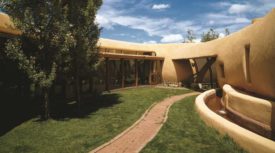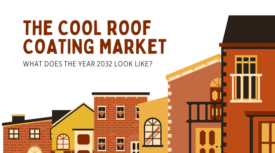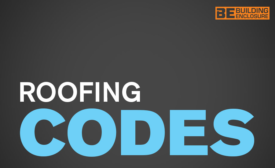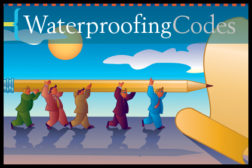Home » Publications » Building Enclosure
Building Enclosure
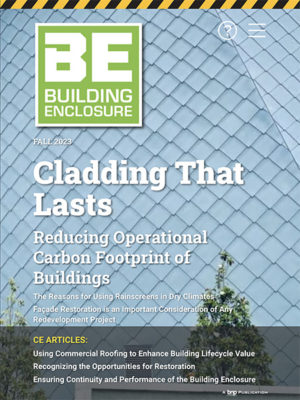
Fall 2023
Features
Back to TopRefurbishing an Oakland Icon
Read More
Columns
Back to TopCodes
Back to TopDetails
Back to TopEnhance your expertise with unparalleled insights.
Join thousands of building professionals today. Shouldn’t you know what they know?
SUBSCRIBE TODAY!Copyright ©2025. All Rights Reserved BNP Media.
Design, CMS, Hosting & Web Development :: ePublishing
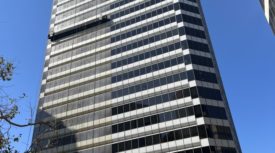


.jpg?height=168&t=1689862206&width=275)

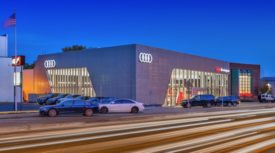

.jpg?height=168&t=1693230691&width=275)
